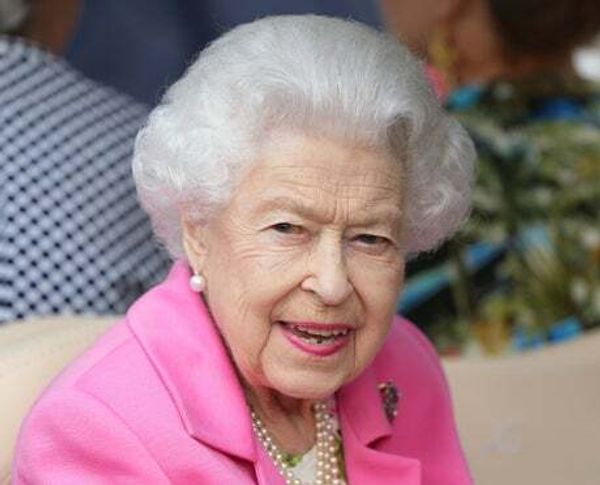
Consumer affairs correspondents across the nation had their quills poised this morning to report that the price of the cheapest foods has risen faster than average. Except, as the Office for National Statistics’ “experimental analysis” shows, that isn’t quite the case.
Don’t get me wrong, life is not good right now for anyone on median, let alone low incomes. But the ONS survey, which analsysed 30 budget staples between April 2021 and April 2022, found that the price of low-cost ranges in supermarkets has risen broadly in line with average food and drink prices.
Some have risen more than others. Have you tried buying pasta recently? (Check out figure 1 here). It has shot up by nearly 50 per cent, driven by the spike in the wholesale cost of wheat, some of which can be attributed to the impact of Russia’s invasion of Ukraine, one of the world’s largest suppliers.
That the research was undertaken at all represents a victory for food writer and anti-poverty campaigner Jack Monroe. And the fact remains, the inflation rate for those in the bottom decile is estimated to be 3 percentage points higher than for those at the top, because the poorest spend a greater proportion of their income on energy. You can read Monroe’s reaction here.
There is a further caveat which may sound obvious but is nonetheless worth repeating. People on higher incomes can modify their shopping habits – either by switching supermarkets or downgrading from mid-range products to the cheapest own brands – in order to combat rising prices. Those already shopping in the essentials aisle have nowhere else to go.
So while the data is a little mixed at the lower end of the scale, the same cannot be said for those at the upper echelons. See this new report by the Institute for Fiscal Studies, which is celebrating the Queen’s Platinum Jubilee in the only way it knows how – by crunching the numbers.
It finds that the ‘Platinum Jubilee Generation‘, comprised of those aged 70 this year, have been better off than the population as a whole *at every point in their adult lives*. Simply put, they are the richest generation in history. Not only do 85 per cent of them own a home, one in seven own a second property. Meanwhile, people in their mid-30s to mid-40s are three times more likely to rent than 20 years ago.
Of course, not everyone aged 70 is a wealthy homeowner. 18 per cent live in relative income poverty (compared with a national average of 22 per cent). And even those with mortgage-free homes will be forgiven for not feeling filthy rich if they cannot afford to heat them this winter. But if you could choose to be part of any demographic group in the post-2008/productivity growth/austerity period, a wealthy pensioner would probably be the correct call.
In the comment pages, Defence Editor Robert Fox warns that the West has a month to decide whether to save Ukraine from Vladimir Putin.
Philip Collins says patriotism is back in politics and the parties are quietly changing places. Meanwhile, Rob Rinder is celebrating his 40th birthday (by his own admission, not for the first time) and blames your children – or more accurately travel firms – for price gouging over half-term.
And finally, given the subject of today’s newsletter, a reminder that there are still a great number of things to do and see in London for no charge. Here are the best free exhibitions in the capital right now.










